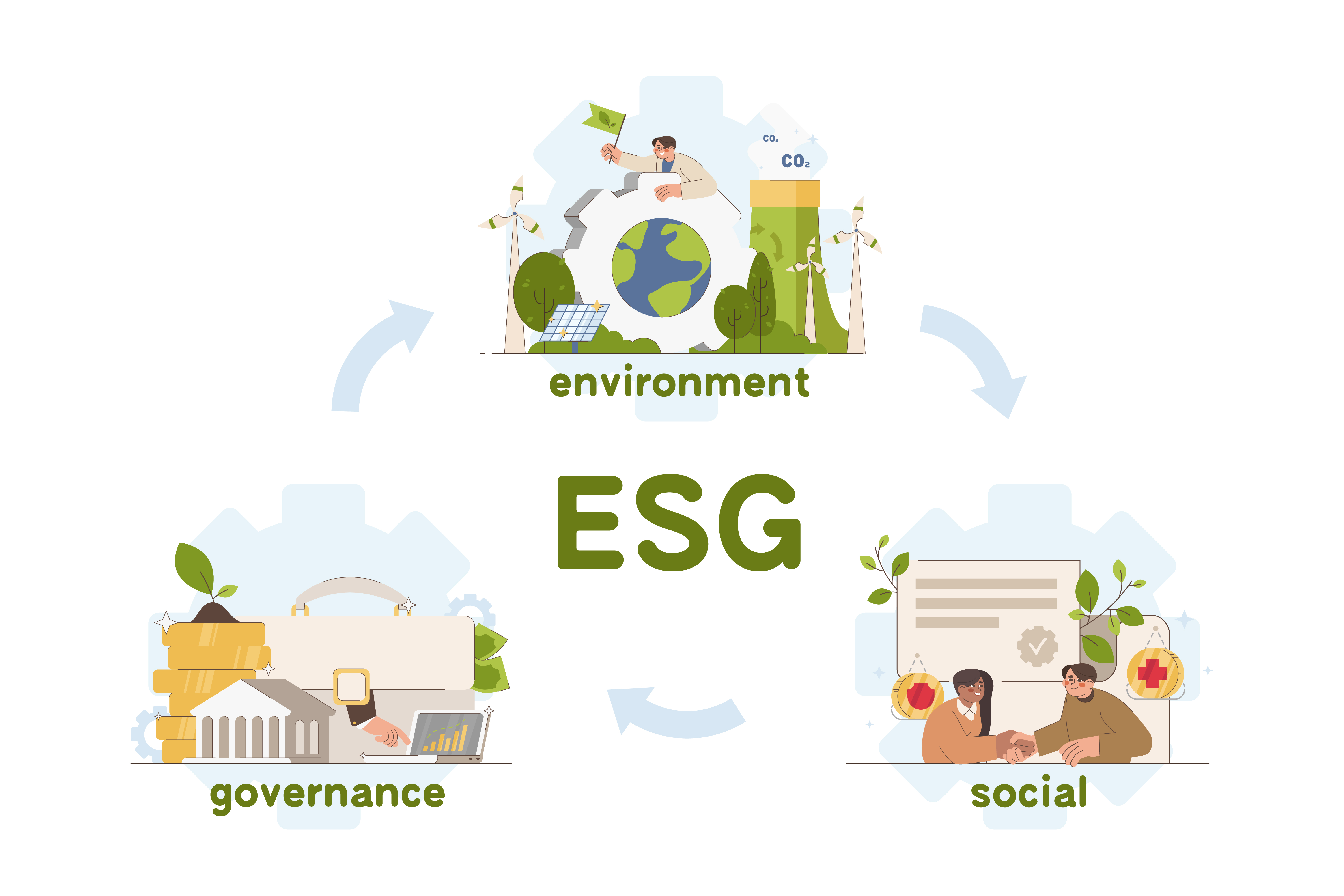

On The Topic of Fintech News
When was the last time you wrote a check? Or swiped your card, for that matter?
In an era of blockchain, Venmo, and contactless payments, such physical financial relics seem out of place. Digital technology has forever changed how we spend, save, borrow, and invest. But with every new opportunity created by novel tech, new algorithms, and apps, there are risks and responsibilities to consider.
With Money 20/20 around the corner, the Entrapeer team is digging into the most promising trends and well-known use cases guiding innovation in corporate finance.
1. Web3 in Finance: Blockchain, DeFi, and Cryptocurrencies
In fintech news, most coverage of Web3 talks about cryptocurrencies and the controversy around NFT sales. Still, there is more to Web3, and the financial sector is beginning to embrace DeFi (decentralized finance) and the blockchain. DeFi provides access to investments that the traditional banking sector does not, and many younger investors are keen to enter this market.
Unfortunately, Web3 is still relatively new, and a lack of regulation means that investments are particularly risky. Moreover, with the recent crash in cryptocurrency prices, there is concern that until these markets are regulated, they still represent the “Wild West” of finance and should be treated with caution.
That being said, the high level of security that blockchain allows and the antiquated nature of most software currently in use in the traditional banking sector mean that Web3 may have plenty to offer to the finance sector in the future as regulators begin to keep pace with the rates of technological advance.
 Image by redgreystock on Freepik
Image by redgreystock on Freepik
2. ESG for Financial Institutions
Consumers and investors alike are demanding that businesses adopt Environmental, Social, and Governance (ESG) protocols (and transparently report their performance on these measures). According to a survey done in the UK, two-thirds of investors take ESG into account when deciding where to invest their capital.
Of the three parts that make up the acronym ESG, successful companies are best served by beginning with Governance. After all, how an organization governs itself feeds into how it deals with environmental and social issues. Beyond this, a well-governed company also becomes more informed about its operations, leading to higher profitability, reduced employee turnover, and increased customer retention.
An excellent example of this in the financial sector would be how an organization looks at its power consumption. Reducing energy use and adopting renewable generation around its facility – through the usage of solar panels for example – not only looks good to investors and consumers but also provides long-term savings on energy bills.
On the social front, being publicly perceived as socially conscious can open previously untapped markets. Demographics that may once have felt excluded or disinterested in your product may become new customers if they can see that your company aligns with their social values.
In conclusion, while some might see ESG concerns as pandering, these protocols can provide real benefits for modern, forward-looking financial organizations.
3. Open Finance
Open Finance is the next step forward in the Open Banking journey. With consumers’ agreement, their whole financial footprint can be opened up to trusted third-party APIs, including credit reports, pension arrangements, savings, and mortgages. This follows the same basic premise as embedded fintech: improving the customer experience by making life easier.
Companies that embrace Open Finance will have customers that can easily access all of their financial information in one place, virtually guaranteeing their loyalty. As with embedded fintech (more on this topic below), risks center on security and customer confidence in the technology keeping their information safe and secure.
4. Embedded Fintech
From its beginnings as a range of disconnected stand-alone products and services, fintech is transitioning to becoming an infrastructure layer that companies can build on. Embedded fintech can now be used to drive revenue growth by keeping consumers engaged and enhancing the user experience. It also helps to build customer loyalty, keeping more customers on boards for longer.
How does embedded fintech accomplish this?
The answer is simple: by solving customers’ problems. For example, buying a new car requires multiple tasks for the buyer. They need to obtain finance, purchase insurance, post documents, and arrange admin fees. A fintech app that allows all ID checks, credit searches, and number crunching to be done seamlessly from the customer’s home makes life easier for the customer and helps increase the chances they will become a repeat customer.
Companies that can incorporate embedded fintech effectively will undoubtedly see huge benefits. However, the risks remain that poorly thought-out solutions may only add to security problems and detract from the overall customer experience.
 Image by Freepik
Image by Freepik
5. The Future of Fraud Detection
Fraud seems to be a persistent problem when focusing on innovation in corporate finance, and also seems to be an eternal game of one-upmanship between fraudsters and security experts. Unfortunately, as fraudsters become ever more sophisticated, so must your security precautions.
The current solution for the future of fraud detection is artificial intelligence (AI). As AI and the subsidiary field of machine learning (ML) have advanced, it has become possible to apply rule-based models to enable AI to detect patterns of behavior, detect activities that seem out of the ordinary, and act upon them.
Essential to this is the policy of Know Your Customer (KYC), whereby financial institutions verify their customers’ identities to assess and monitor risk. This adds to the AI system’s data and improves its ability to detect patterns that might indicate fraudulent activity. Modern biometric systems (think touch or face ID) are increasingly being used for identity verification.
The scope of fraud detection is also becoming more complicated. As well as looking out for directly fraudulent activity, corporations are now also obliged to prevent modern slavery within their supply chain and to be on the alert for identity theft. Fortunately, AI and biometric verification systems are also useful in detecting these problems — which is why, as of 2020, 58% of companies in the financial services sector were using AI in their fraud detection systems.
6. Banking as a Service
Banking as a Service (BaaS) is another sector of the financial industry that has expanded rapidly over recent years. By integrating banking services from registered banking providers through API systems, companies can offer banking services without being a bank and undergoing the strict regulatory requirements involved.
It’s an ideal way for large companies to expand their offerings and make the customer experience seamless. It’s also a perfect way for banks to reach new customers with minimal effort. As such, BaaS is an excellent opportunity for many businesses.
However, there may be dark clouds on the horizon. The Consumer Financial Protection Bureau (CFPB) has signaled that it may begin scrutinizing non-banks offering banking services as tightly as it does banks. More regulatory oversight may drive up costs in the short term but should also keep the costs of defaults down in the long term.
Overall, the future of BaaS still seems bright and will continue to present many opportunities in the financial sector and beyond.
7. Buy Now Pay Later
With interest rates remaining at low levels for the last couple of decades, it seemed like the Buy Now Pay Later (BNPL) model was a safe bet for future growth. However, the perfect storm of rising interest rates and low consumer confidence seems to be bringing this era to an end. The model is based on retailers offering customers the option of paying for purchases in installments over weeks or months, usually at no interest, for which the retailer pays the BNPL provider a small fee.
Unfortunately, this business model comes with a high rate of defaults, and credit checks are usually minimal at best. As a result, stocks in BNPL companies are down across the board, so it seems the boom in this sector is over. Instead, companies are now being forced to adopt more stringent credit checks. This will result in rising costs and the possibility of more interest being charged on BNPL deals, which could reduce their attractiveness to consumers.
While there are opportunities in this sector for companies that can absorb higher costs while reducing default risks, it’s unclear at the moment if and when the market might return to the heights of 2019 and 2020.

Image by bedneyimages
Get ahead of trends in corporate finance with entrapeer.
As you can see, the world of corporate finance is constantly changing. But, by embracing that change, your business can continue to innovate and stay ahead of the curve.
Didn’t see the fintech trends or use cases you were hoping for? Let us know!
We’re continuously updating our platform with fintech news, rising startups, use cases, and data on POC projects. Your feedback helps us ensure that we’re adding the most actionable and exciting content. Simply shoot us a message describing what kind of intel you’re looking for, and we’ll do our best to gather the evidence.
People Also Ask
1. What is corporate innovation?
Simply put, corporate innovation is when enterprises experiment with emergent technologies, processes, and practices – usually through partnerships with promising startups. Corporate innovation helps enterprises stay relevant and adaptive while opening new revenue streams.
2. What is financial innovation? What are its types?
Innovation in corporate finance is the development of new products, services, systems, and technologies in the financial sector. It can take many forms – from decentralized finance to banking as a service – but all types of financial innovation leverages novel technologies to either improve existing products/services or create entirely new ones.
3. What is the need for financial innovation?
Without innovation, financial institutions risk becoming obsolete as new technologies rapidly change the way we bank, invest, take out loans, and pay for services. By investing in financial innovation, companies can remain competitive and even expand their customer base.
4. Why is there a need for innovation in the financial system?
Innovations in technology have improved access to capital, decentralized finance, reduced cost, and increased financial options for consumers. On the other hand, financial innovation benefits corporates and institutions because it has the potential to redistribute risk among financial stakeholders.

